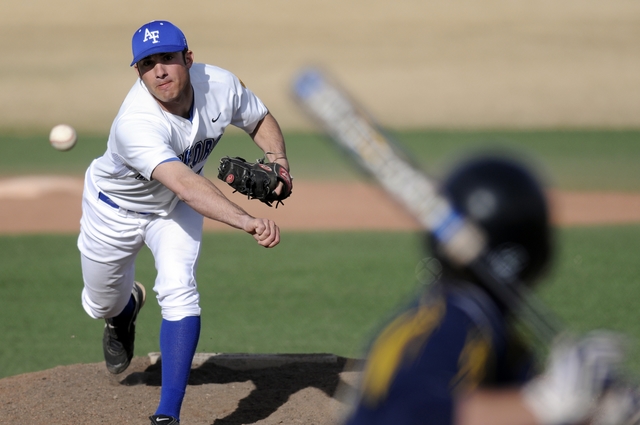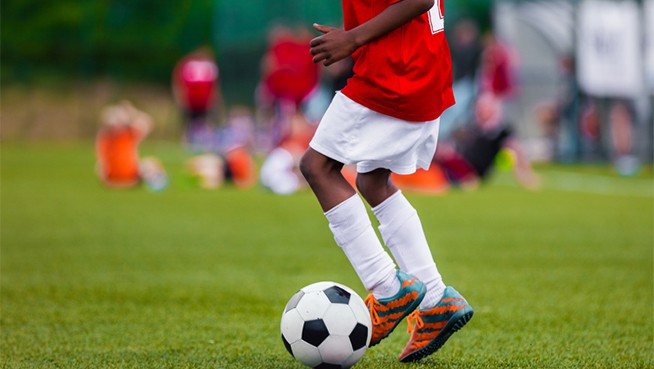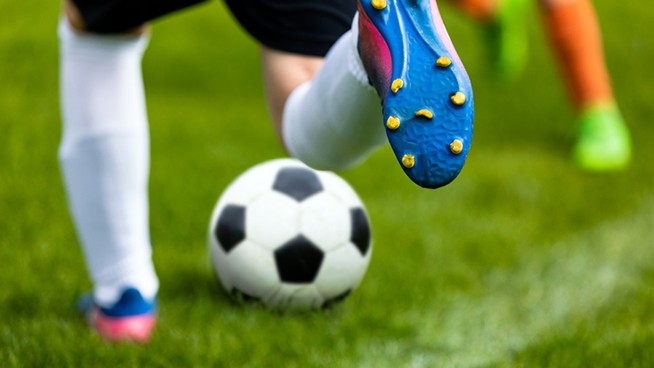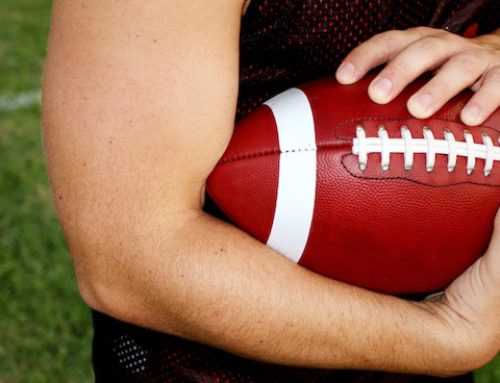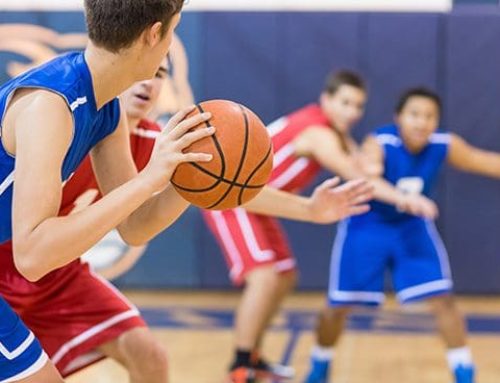Exercise Your Eyes to Increase Peripheral Vision for Athletics
Peripheral vision is more important to sports performance that you might think. Your peripheral vision goes into your brain 25 percent faster than your central vision [what you use to read the eye chart]. About 20 percent of your peripheral nerves aid your ability to remain balanced. To understand how much your peripheral nerves impact your balance, try standing on one foot with your eyes open, then with your eyes closed. You will feel a big difference!
We can also use our peripheral vision to relax. Concentrate on looking as far out to the side as you can while slowly taking deep breaths. This peripheral expansion exercise relaxes the visual system. The ancient Hawaiians practiced focusing on peripheral vision as a form of meditation called Hakalau.
In golf, we use our peripheral vision to get a wide view of the green and determine the overall slant left to right and front to back. As we analyze our putt, we tend to use our central vision to read the green along the path our ball will take to get to the hole.
In ball sports and hockey, peripheral expansion “slows the game down.” When you engage the power of your peripheral vision, you actually make the ball or puck appear bigger. The opposite is to “tunnel” your vision.
I worked with baseball player Doug Jennings on this specific issue. When he was stressed at the plate, he felt like he was standing 10 feet back in a cave while the pitcher threw miniature balls at him—and he couldn’t swing his arms in time. Jennings experienced “body alarm reaction,” meaning he was functionally tunneling his vision and losing the ability to focus his eyes to some degree.
We trained Jennings to expand his peripheral vision and had him perform other vision training drills. He went on to have a very successful season, being named MVP and tying the consecutive home run record in the Japanese Baseball League.
The following exercise can help improve your peripheral vision, just like it did for Jennings.
Sticks and Straw
You will need a straw and two toothpicks for this exercise.
- Draw a black line around the center circumference of the straw
- Stand one to two feet in front of the straw, which is being held horizontally by partner
- Focusing on the black line, hold a toothpick in each hand and attempt to place them into the ends of the straw
Try to notice the ends of the straw with your side vision first. Again, relax your vision and be aware of the ends of the straw while looking at the center.
Variations:
- If this exercise is too difficult at first, make the straw shorter
- Once you master this exercise, make the straw longer by taping two straws together
Photo: acclaimimages.com
RECOMMENDED FOR YOU
MOST POPULAR
Exercise Your Eyes to Increase Peripheral Vision for Athletics
Peripheral vision is more important to sports performance that you might think. Your peripheral vision goes into your brain 25 percent faster than your central vision [what you use to read the eye chart]. About 20 percent of your peripheral nerves aid your ability to remain balanced. To understand how much your peripheral nerves impact your balance, try standing on one foot with your eyes open, then with your eyes closed. You will feel a big difference!
We can also use our peripheral vision to relax. Concentrate on looking as far out to the side as you can while slowly taking deep breaths. This peripheral expansion exercise relaxes the visual system. The ancient Hawaiians practiced focusing on peripheral vision as a form of meditation called Hakalau.
In golf, we use our peripheral vision to get a wide view of the green and determine the overall slant left to right and front to back. As we analyze our putt, we tend to use our central vision to read the green along the path our ball will take to get to the hole.
In ball sports and hockey, peripheral expansion “slows the game down.” When you engage the power of your peripheral vision, you actually make the ball or puck appear bigger. The opposite is to “tunnel” your vision.
I worked with baseball player Doug Jennings on this specific issue. When he was stressed at the plate, he felt like he was standing 10 feet back in a cave while the pitcher threw miniature balls at him—and he couldn’t swing his arms in time. Jennings experienced “body alarm reaction,” meaning he was functionally tunneling his vision and losing the ability to focus his eyes to some degree.
We trained Jennings to expand his peripheral vision and had him perform other vision training drills. He went on to have a very successful season, being named MVP and tying the consecutive home run record in the Japanese Baseball League.
The following exercise can help improve your peripheral vision, just like it did for Jennings.
Sticks and Straw
You will need a straw and two toothpicks for this exercise.
- Draw a black line around the center circumference of the straw
- Stand one to two feet in front of the straw, which is being held horizontally by partner
- Focusing on the black line, hold a toothpick in each hand and attempt to place them into the ends of the straw
Try to notice the ends of the straw with your side vision first. Again, relax your vision and be aware of the ends of the straw while looking at the center.
Variations:
- If this exercise is too difficult at first, make the straw shorter
- Once you master this exercise, make the straw longer by taping two straws together
Photo: acclaimimages.com

